

Articles
How To Store Fresh Edamame
Modified: August 25, 2024
Learn the best methods for storing fresh edamame to keep them tasting delicious and nutritious. Discover helpful tips and tricks in this informative articles.
(Many of the links in this article redirect to a specific reviewed product. Your purchase of these products through affiliate links helps to generate commission for Storables.com, at no extra cost. Learn more)
Introduction
Edamame, the young and green soybeans, is a nutritious and delicious treat that can be enjoyed in a variety of ways. Whether you grow your own edamame or buy it fresh from the market, knowing how to properly store it is essential for preserving its flavor and texture.
By following simple storage guidelines, you can keep your fresh edamame vibrant and tasty for an extended period. In this article, we will guide you through the process of selecting, storing, and using fresh edamame.
So, let’s dive into the world of edamame storage and learn how to make the most of these delightful beans.
Key Takeaways:
- Proper storage of fresh edamame is crucial for preserving its flavor and texture. From selecting high-quality pods to freezing for long-term use, following the right techniques ensures a delightful edamame experience.
- Frozen edamame offers endless culinary possibilities, from stir-fries to hummus and veggie burgers. Thaw and use creatively to add a nutritious and flavorful touch to your dishes.
Read more: How To Store Cooked Edamame
Selecting Fresh Edamame
When it comes to selecting fresh edamame, there are a few key points to keep in mind. Follow these tips to ensure you choose the best quality beans:
- Look for plump and firm pods: Opt for edamame pods that are bright green and have a plump appearance. Avoid pods that are yellowish or have blemishes, as these could indicate that the beans are past their prime.
- Check for freshness: Gently squeeze a few pods to check if the beans inside are firm. Fresh edamame snaps when you break the pod open, whereas older or stale edamame may feel mushy or have shriveled beans.
- Inspect the pods for damage: Examine the pods for any signs of damage or mold. Damaged or moldy pods should be avoided, as they can spoil the rest of the beans.
- Consider the size: Edamame pods come in different sizes. Choose the size that suits your preference, keeping in mind that smaller pods often have more tender beans, while larger pods may yield more substantial beans.
By carefully selecting fresh and high-quality edamame pods, you’ll ensure a flavorful and enjoyable eating experience.
Storing Fresh Edamame
Proper storage is crucial for maintaining the freshness and flavor of fresh edamame. Here are some guidelines to follow:
- Keep it cool: Fresh edamame is best stored in a cool environment. If you plan to eat the beans within a day or two, you can simply keep them at room temperature. However, if you want to extend their shelf life, refrigeration is recommended.
- Remove excess moisture: Dampness can lead to spoilage, so it’s essential to remove any excess moisture from the edamame pods before storing them. Pat them dry with a clean cloth or paper towel before placing them in your chosen storage container.
- Choose the right container: To ensure proper airflow, store edamame in a container that allows ventilation. A breathable mesh bag or a perforated plastic bag is ideal for this purpose. Avoid using a tightly sealed plastic bag, as it can cause moisture build-up and accelerate spoilage.
- Avoid direct light exposure: Edamame should be stored away from direct sunlight, as it can cause the beans to deteriorate more quickly. Find a cool and dark spot, such as a pantry or a refrigerator drawer, to store your fresh edamame.
Following these storage recommendations will help maintain the quality of your edamame and prevent premature spoilage.
Refrigerator Storage
If you want to keep your fresh edamame for a longer period, refrigeration is the way to go. Here’s how to store edamame in the refrigerator:
- Transfer to an airtight container: Once you have cleaned and dried the edamame, transfer them to an airtight container. This helps maintain their freshness and prevents any odors from permeating the beans.
- Label and date the container: It’s a good practice to label the container with the date of storage. This makes it easier to keep track of freshness and ensure you use your edamame within a reasonable timeframe.
- Store in the vegetable drawer: Place the container of edamame in the vegetable drawer of your refrigerator. This section provides optimal humidity and temperature for preserving the freshness of vegetables, including edamame.
- Consume within a week: Refrigerated edamame is best consumed within a week for the best quality. After that, the beans may not taste as fresh and might lose their crispness.
By following these steps, you can enjoy the deliciousness of fresh edamame over an extended period without compromising on taste and texture.
Freezing Edamame
If you have a surplus of fresh edamame and want to preserve it for future use, freezing is an excellent option. Freezing locks in the freshness and nutrients of the beans. Here’s how to freeze edamame:
- Blanch the edamame: Blanching helps preserve the color, texture, and flavor of the beans. Bring a pot of water to a boil and add the edamame pods. Boil them for 2-3 minutes, then remove and immediately transfer them to a bowl of ice water to stop the cooking process.
- Shell the edamame: Once the pods have cooled, remove the beans from the pods. Gently squeeze the pod at one end, and the beans should pop out easily. Discard the empty pods.
- Rinse and drain: Rinse the shelled edamame beans under cold water to remove any remaining debris. Drain them thoroughly to remove excess water.
- Freeze in a single layer: Spread the drained edamame beans in a single layer on a baking sheet or tray lined with parchment paper. This prevents the beans from clumping together and makes it easier to retrieve the desired amount later.
- Flash freeze: Place the baking sheet/tray with the edamame beans in the freezer. Allow them to freeze for a few hours or until completely frozen. Flash freezing prevents the beans from sticking together.
- Transfer to freezer bags: Once the edamame beans are fully frozen, transfer them to freezer-safe bags. Remove as much air as possible from the bags before sealing to minimize the risk of freezer burn.
- Label and date the bags: It’s essential to label the bags with the contents and date of freezing. This helps you keep track of the storage time and maintain the quality of the edamame.
Frozen edamame can be stored in the freezer for up to 8-12 months.
Now you have a stash of frozen edamame ready to be used whenever you crave this tasty treat or need a quick addition to your meals.
Store fresh edamame in the refrigerator in a perforated plastic bag to allow air circulation. Use within 3-4 days for the best flavor and texture.
Read more: How To Store Fresh Lavender
Blanching Edamame
Blanching is a crucial step in freezing edamame as it helps retain the color, texture, and flavor of the beans. Here’s how to blanch edamame:
- Bring a large pot of water to a boil: Fill a pot with enough water to fully submerge the edamame pods. Bring the water to a rolling boil over high heat.
- Add salt (optional): If desired, you can add a tablespoon of salt to the boiling water. This step is optional but can enhance the flavor of the edamame.
- Add the edamame pods: Carefully add the edamame pods to the boiling water. Make sure there is enough space for the pods to move around freely.
- Boil for 2-3 minutes: Allow the edamame pods to boil for 2-3 minutes. The exact time may vary depending on the size and maturity of the beans. Be cautious not to overcook them, as they can become mushy.
- Transfer to ice water: Using a slotted spoon or tongs, remove the boiled edamame pods from the pot and immediately transfer them to a bowl of ice water. The ice water helps halt the cooking process and cools down the pods quickly.
- Drain and pat dry: Once the edamame pods have cooled in the ice water for a few minutes, drain them and pat them dry with a clean kitchen towel or paper towels.
Blanching prepares the edamame for freezing, ensuring that they retain their vibrant green color and fresh taste even after thawing.
Now that you have blanched the edamame, you can proceed with the freezing process or use them in recipes that call for cooked edamame.
Freezer Packaging
Proper packaging is essential to maintain the quality and freshness of your frozen edamame. Follow these steps to package your edamame for long-term freezer storage:
- Divide into serving portions: Before packaging the edamame, decide on the portion size you want to use for future meals. This will make it easier to thaw and use only the needed amount without defrosting the entire batch.
- Use freezer-safe bags or containers: Select high-quality freezer-safe bags or containers for packaging your edamame. Make sure they are durable and can withstand freezing temperatures without causing freezer burn.
- Label the packages: Write the contents and date on each package using a permanent marker. This will help you keep track of the storage time and ensure you use the oldest packages first.
- Remove excess air: Squeeze out as much air as possible from the bags or containers before sealing them. Excess air can lead to freezer burn and compromise the quality of the edamame.
- Seal tightly: Ensure that the bags or containers are sealed tightly to prevent any air or moisture from entering. This will help maintain the taste and texture of the beans during storage.
- Freeze in a single layer: If you are using bags, lay them flat in the freezer in a single layer until they are fully frozen. This will prevent the edamame from sticking together and make it easier to manage when you want to retrieve a portion.
By following these packaging tips, you can ensure that your frozen edamame remains fresh and flavorful for an extended period of time.
Remember to always thaw only the amount you need and return the rest to the freezer promptly to minimize thawing and refreezing, which can affect the texture and taste of the beans.
Reheating Edamame
If you have frozen edamame and want to enjoy it, reheating is the way to go. Here are a few methods to reheat your frozen edamame:
- Steam: Place the desired amount of frozen edamame in a steamer basket or colander and set it over boiling water. Cover and steam for about 5 minutes until the beans are heated through. This method helps retain the natural flavor and texture of the edamame.
- Microwave: Place the frozen edamame in a microwave-safe bowl and cover it with a microwave-safe lid or microwave-safe wrap. Heat on high for 2-3 minutes, stirring halfway through, until the beans are heated evenly. Be careful not to overcook them, as they can become mushy.
- Sauté: Heat a small amount of oil or butter in a skillet over medium-high heat. Add the frozen edamame and sauté for 5-7 minutes, stirring occasionally, until they are heated and slightly browned. This method adds a delicious touch of flavor and texture to the edamame.
- Oven: Preheat the oven to 375°F (190°C). Spread the frozen edamame in a single layer on a baking sheet and bake for about 15-20 minutes, stirring halfway through, until they are heated through and slightly crispy. This method gives the edamame a roasted flavor.
Regardless of the method you choose, be sure to cool the reheated edamame slightly before eating, as they can be hot. You can enjoy reheated edamame as a healthy snack, toss them into salads, add them to stir-fries, or serve as a side dish.
Remember to only reheat the amount you plan to eat and store the rest of the frozen edamame back in the freezer for future use.
Using Frozen Edamame
Frozen edamame is a convenient ingredient to have on hand, as it can be utilized in a variety of dishes. Here are some creative ways to use frozen edamame:
- Stir-fries: Add frozen edamame directly to your stir-fry dishes. They will thaw and cook quickly, adding a pop of color and texture to your meal.
- Salads: Thaw the edamame by rinsing under cold water, then toss them into salads for an extra boost of protein and crunch. They can add a vibrant touch to green salads, grain bowls, or pasta salads.
- Soups and stews: Drop a handful of frozen edamame into your soups or stews during the last few minutes of cooking. They will absorb the flavors and add a nutritious element to your hearty dishes.
- Edamame hummus: Blend thawed edamame in a food processor with garlic, lemon juice, tahini, and seasoning to create a delicious and protein-packed edamame hummus. Serve it as a dip with vegetables or pita chips.
- Edamame pasta: Cook frozen edamame pods in boiling water until tender, then remove the beans and use them as a nutritious topping for pasta dishes. They can add a vibrant touch and a boost of protein to your favorite pasta recipes.
- Sushi rolls: Add thawed edamame to your homemade sushi rolls for a delightful crunch and a burst of flavor. They can be used as a filling or sprinkled on top of the rolls as a garnish.
- Veggie burgers: Mash thawed edamame with other ingredients like breadcrumbs, herbs, and spices to create flavorful and nutritious veggie burgers. They are a great plant-based alternative packed with protein.
The possibilities for using frozen edamame are virtually endless. Feel free to get creative and experiment with different recipes to enjoy the goodness of edamame in various ways.
Remember to thaw frozen edamame before using them in recipes that require them to be cooked or blended for a smoother texture.
Read more: How To Store Fresh Oregano
Conclusion
Storing fresh edamame properly is essential for preserving its flavor, texture, and nutritional value. By following the right techniques, you can enjoy the deliciousness of edamame for an extended period.
From selecting fresh edamame to storing it in the refrigerator or freezer, each step plays a crucial role in maintaining its freshness. Remember to choose plump and firm pods, remove excess moisture, and store in a cool and dark place for optimal storage conditions.
If you have an abundance of fresh edamame, freezing is a great way to preserve it. By blanching the beans, packaging them carefully, and labeling the containers, you can ensure that your frozen edamame stays in the best possible quality for months.
When it comes to using frozen edamame, the options are endless. Whether you incorporate them into stir-fries, salads, soups, or even create unique recipes like edamame hummus or veggie burgers, frozen edamame adds a nutritious and flavorful touch to your dishes.
So the next time you come across fresh edamame, remember these storage tips and get creative with various ways to enjoy this versatile and nutritious bean.
With proper storage techniques, you can savor the freshness and goodness of edamame whenever you desire. Happy cooking and enjoy your flavorful edamame dishes!
Frequently Asked Questions about How To Store Fresh Edamame
Was this page helpful?
At Storables.com, we guarantee accurate and reliable information. Our content, validated by Expert Board Contributors, is crafted following stringent Editorial Policies. We're committed to providing you with well-researched, expert-backed insights for all your informational needs.
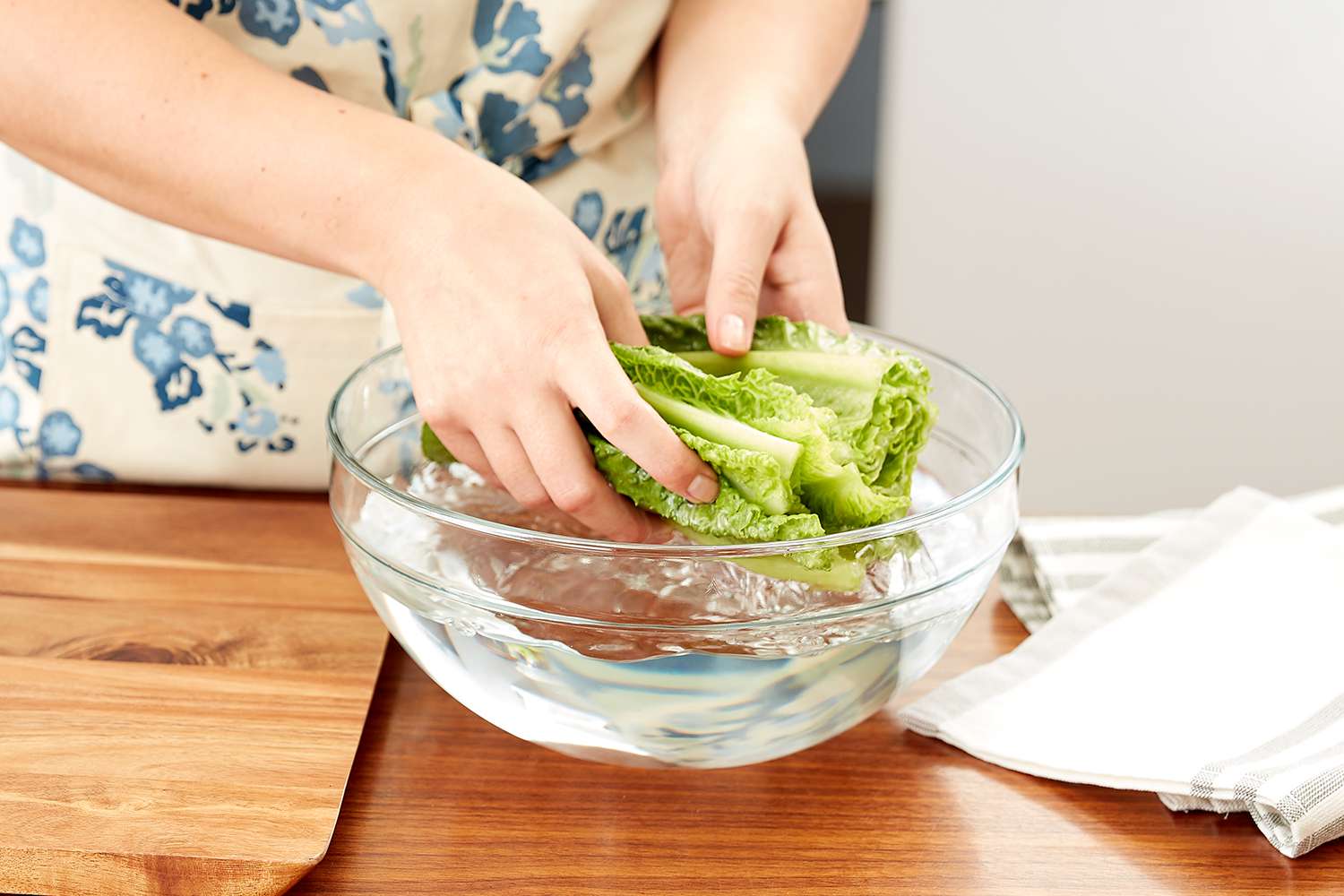




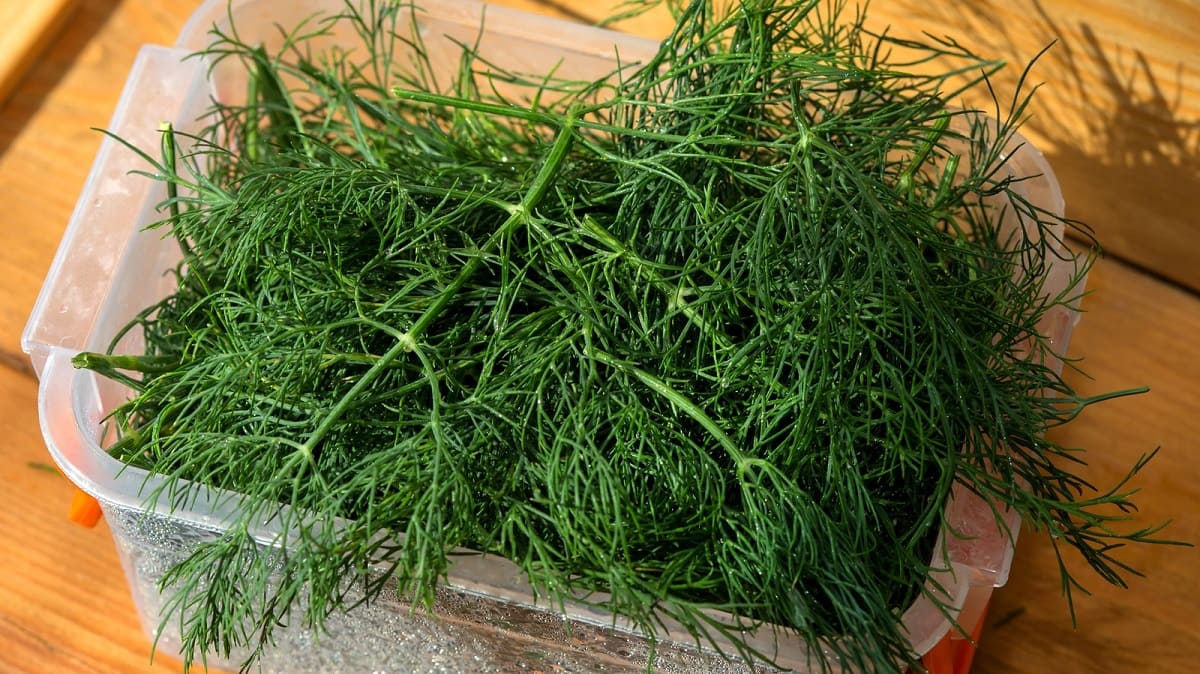

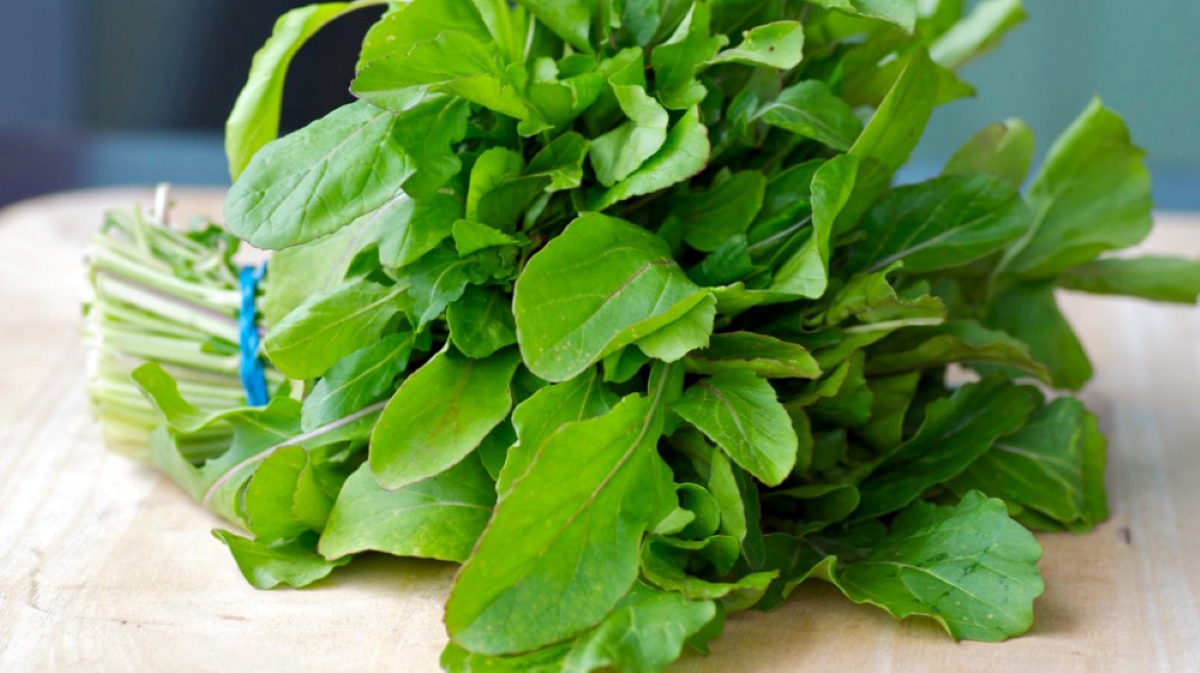
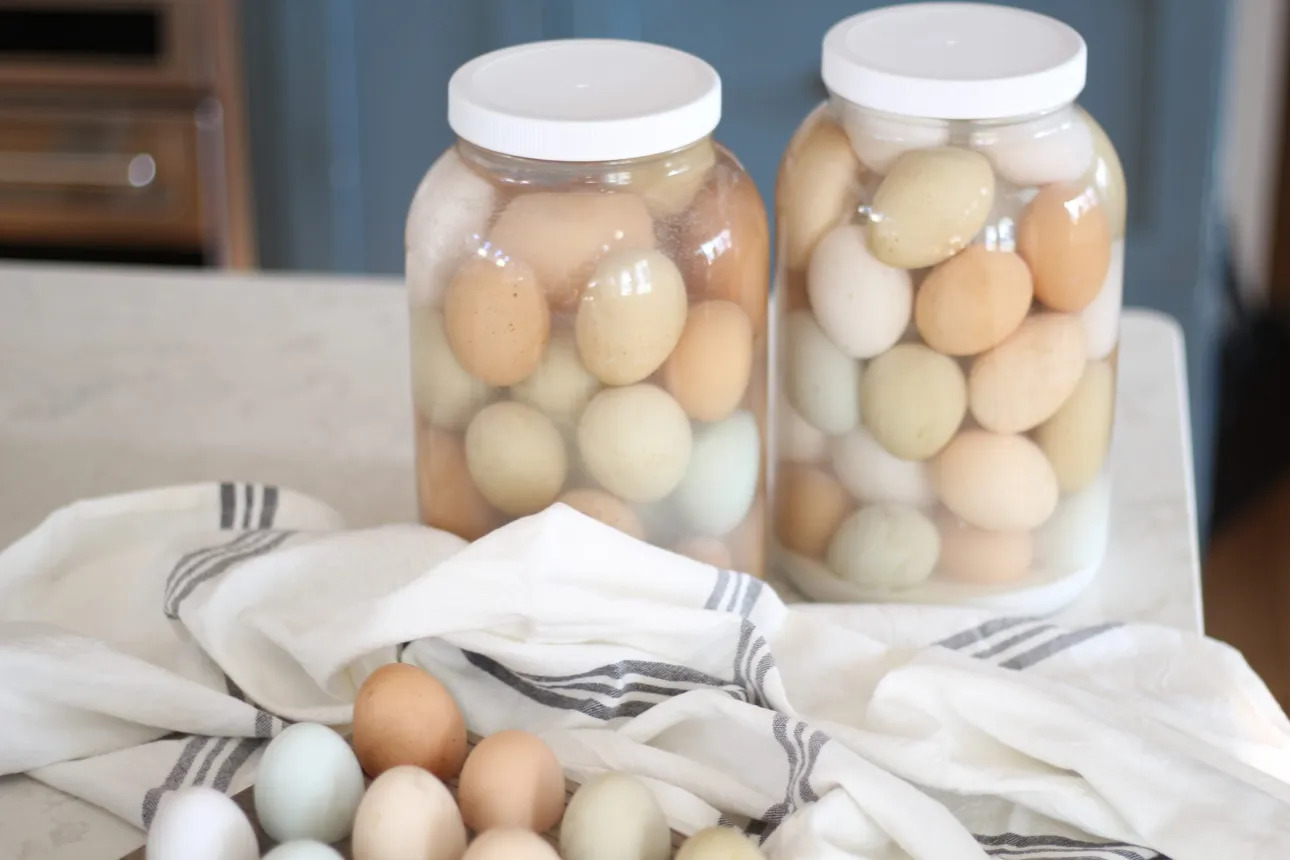
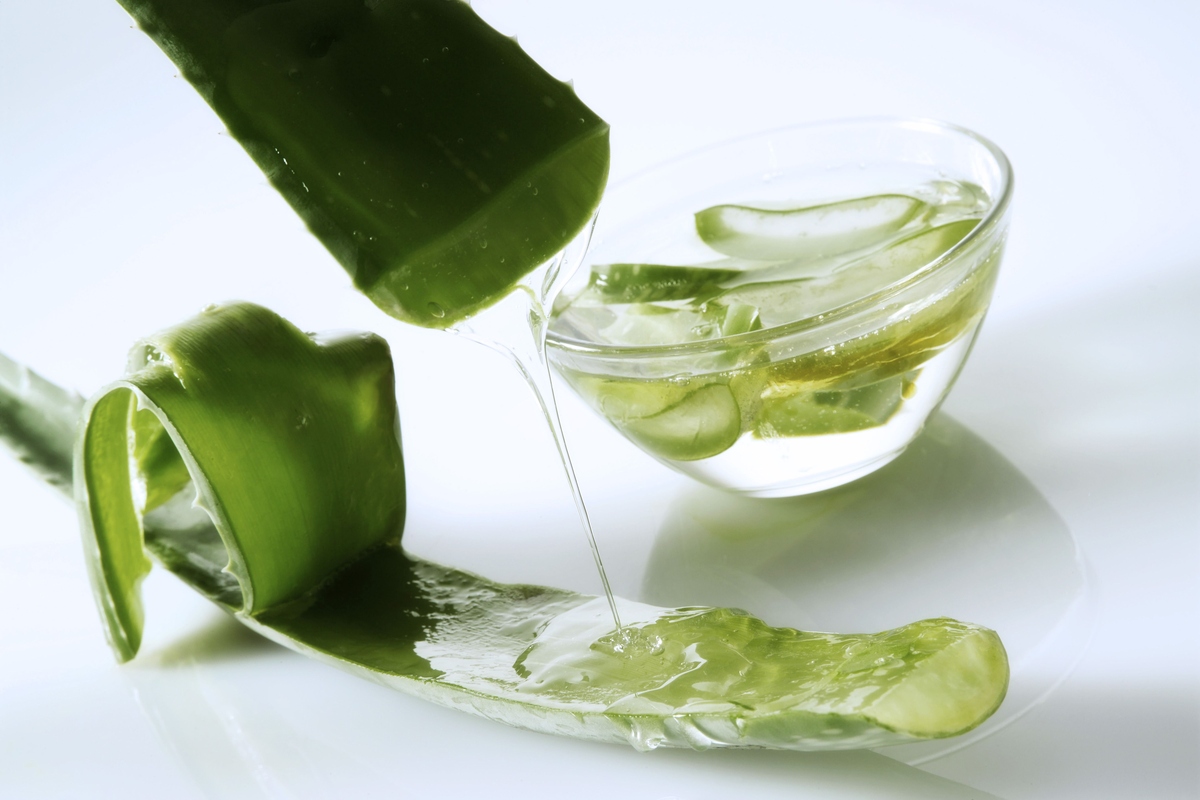




0 thoughts on “How To Store Fresh Edamame”